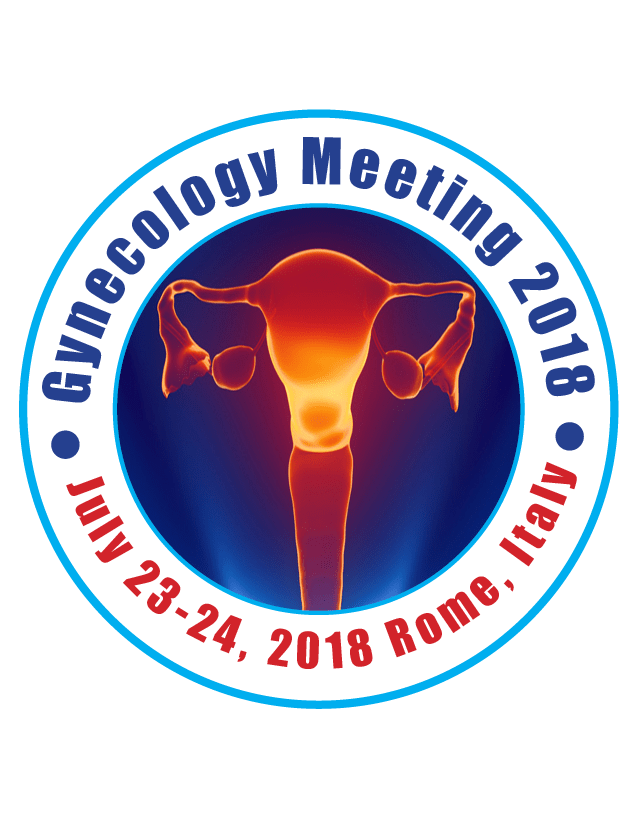Ping Jiang
Peking University Third Hospital, China
Title: Clinical application of 192Ir HDR interstitial brachytherapy and 125I seeds LDR permanent implantation for recurrence of GYN after pelvic EBRT
Biography
Biography: Ping Jiang
Abstract
Purpose: To evaluate the feasibility of 192Ir HDR interstitial brachytherapy and125I LDR permanent implantation brachytherapy
for recurrence of GYN aft er pelvic external beam irradiation.
Materials & Methods: Pelvic recurrence of GYN includes central recurrence and pelvic sidewall recurrence, diff erent site of
relapse associate diff erent management in our center. In our study, all recurrence patients aft er pelvic adjuvant external beam
radiotherapy (EBRT) or radical chemoradiotherapy. 11 patients in our center diagnosed with central recurrence of GYN,
they received 192Ir HDR interstitial brachytherapy under CT guidance with 3D-printing template assisted. Among them, 5
cases under local anesthesia with vaginal insertion template and 6 cases under epidural anesthesia with combined vaginal and
perineal insertion template. GTV prescription dose was 5-6 Gy/f, 2-6 f, 1-2 f/W. Totally 45 fraction treatment of 11patients.
21 patients with pelvic sidewall recurrence received 125I seeds implantation under the CT guidance with 3D-PNCT assistant.
Prescription D90 of GTV was 120-150 Gy, Th e local control probabilities were calculated and complications and early toxicities
were analyzed by the Kaplan-Meier method (SPSS 16.0).
Results: 11 patients with central recurrence, totally 229 needles were inserted for 45 FDR applications, median 6 (3-9) needles
per fraction, mean inserting depth was 8.3±3.4 cm (2-13.7 cm), mean CT scan 3 (1-5) times, during CT guidance procedure.
Actual dosimetry parameters of median V100 were 83±4.5%. Early side eff ects of grade I/II urethritis were found in 45%
patients and relieved aft er symptomatic treatment. Totally response rate (1 month later) was 91%, 1 lesions had complete
remission CR (9%) and 9 had partial remission PR (82%). Among 21 patients with sidewall recurrence, 669 (median 47, 25-
113) seeds implanted, total 132 needles (median 9, 6-21) were implanted actually. Th e activity of 125 I seeds ranged from 0.3
mCi to 0.8 mCi (median: 0.69 mCi). Th e total number of seeds implanted ranged from 3 to 89 (median: 20). Actual dosimetry
parameters of median V100 were 93±4.5%. Totally response rate (1 month later) was 85%, 3 lesions had complete remission
CR (14%) and 15 had partial remission PR (71%). severe complications were not seen.
Conclusion: 192Ir HDR interstitial brachytherapy for central recurrence and 125I LDR permanent implantation for pelvic
sidewall recurrence of GYN under CT guidance have good dosimetry parameters. It is clinically feasible and high effi ciency
with low complications. However long-term clinical outcomes should be further investigated.

